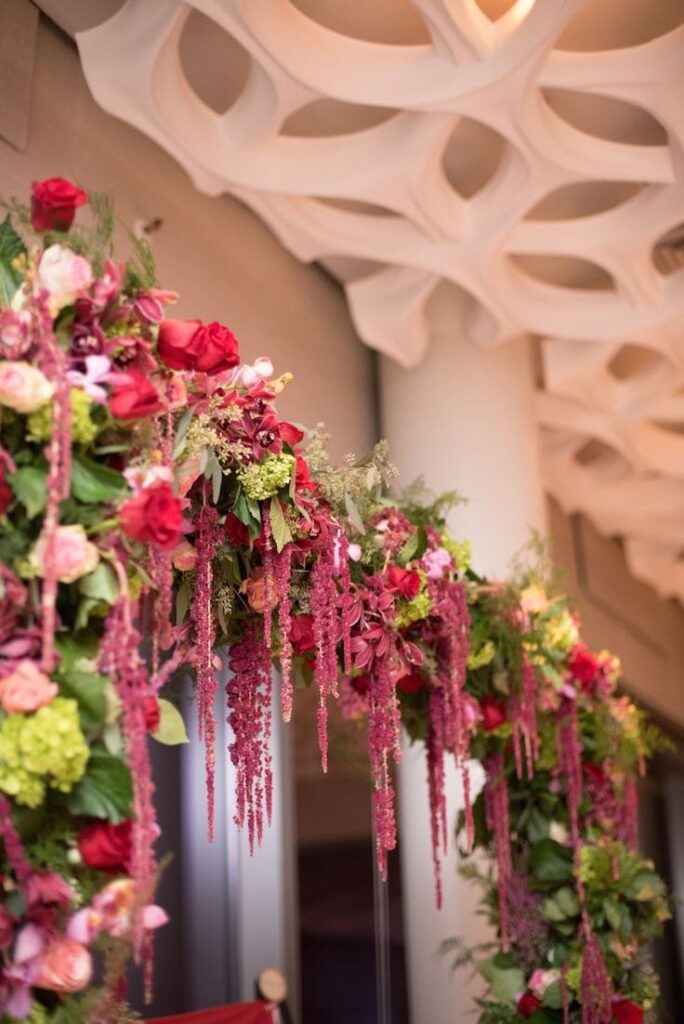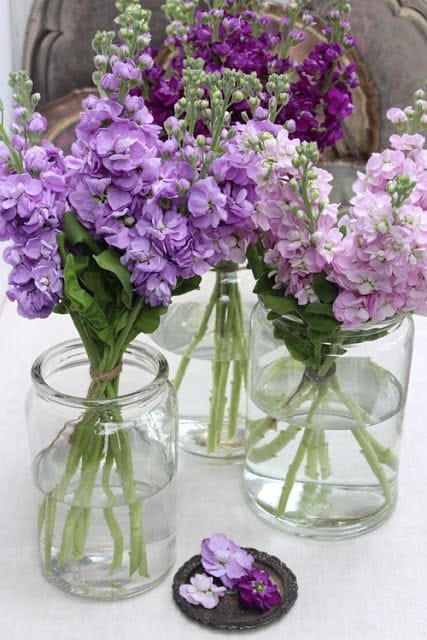While trends come and go, flowers are an important part of weddings for a good reason. Flowers can be real flowers or artificial ones. Knowing real flowers vs fake flower placements is important, because of the longevity and the event it is used for.
Both kinds of flowers are beautiful to look at (and a centuries-old wedding custom) and allow you to show your particular style and originality.
Working with your wedding florist is a fun and crucial part of the planning process, but if you don’t know how to select wedding flowers or where to start, the chore may feel confusing.
To close this confusion gap, we came up with something that might help you. Below you will get the list of flowers according to the wedding season that you can use.
Flowers for a Winter Wedding
Despite the cooler weather, many lovely flowers kinds flourish in the winter. If you don’t find the ones listed below, don’t hesitate to use fake flowers. Real Flowers Vs fake flowers don’t come with many differences.
From orchid boutonnieres to anemone-filled bouquets, the possibilities for a winter wedding are as numerous as they are stylish. Check out this guide for a more in-depth look at which flowers are available for winter weddings.
Anemone
Anemones, with their characteristic black core, provide a contemporary touch to most arrangements in which they are utilized.
Orchid
Cymbidium and dendrobium orchids are popular choices for couples looking to incorporate this eye-catching bloom into their winter wedding decorations.
Waxflower
Waxflower is a hardy bloom that can withstand the chilly weather of February. The small flower is very effective in boutonnieres.
Breath of a Baby
Though baby’s breath can be found virtually any time of year, it’s especially handy for January weddings, when fewer filler and foliage alternatives are available.
Tulip
Tulips, like daffodils, are a popular late winter and early spring flower. Tulips (which come in various colors ranging from brilliant yellow to pastel pink) add a beautiful, sophisticated touch to bridal centerpieces.
Flowers for a Spring Wedding
Spring couples are fortunate since so many flowers blossom during this season. The hues range from purple lilacs and hyacinths to delicate pink sweet peas and peonies. Learn more about in-season spring flowers by clicking here.
The sweet pea
While most couples associate sweet peas with pink and peach colors, the plant also blooms in brown and purple hues.
The Lily of the Valley
This delicate flower, a favorite of the British royal family, is ideal for an April outdoor wedding.
Hydrangea
Hydrangeas are ideal for large-scale displays at weddings since they are at their best before seasonal temperatures rise and cause them to wilt.
Rose
Roses may be found anywhere at any time of year, but they look especially lovely at June weddings. Because June is a transitional month from late spring to early summer, certain exclusively spring or summer blooms are scarce. However, the rose is a timeless classic that complements every wedding style.
Daisy Gerberas
Gerbera daisies and other daisy kinds are a good choice for DIY summer garden weddings since they come in various vivid hues.
Flowers for a Fall Wedding
It’s easy to understand why fall is such a popular time to tie the knot based only on the flower variety. All your wedding-day arrangements will dazzle, from luscious dahlias in a rainbow of colors to jewel-toned celosia blossoms. This seasonal resource can help you learn more about fall wedding flowers. Here you have to use fake flowers because real flowers are rare to find in this season.
Amaranthus
Amaranthus is one of the few flowers that hang down rather than stand upright, making it an excellent choice for cascading wedding bouquets.

Hellebore
Hellebore, with its dusty greenish-purple hue miming eucalyptus, looks well in bohemian arrangements. The small size of the flower also makes it an excellent boutonniere option.
Camellia
Camellias seem like a hybrid between garden roses and dahlias, making them an excellent choice when dahlias are scarce.

Stock
Stock, like delphiniums and snapdragons, is a tall flower that works well in large-scale arrangements. It is accessible after November but is a nice alternative when the weather drops and many late summer and fall flowers are no longer available.
Celosia (Cockscomb)
Celosia has two distinct appearances: it mimics sea coral, growing in spherical bunches, or it has a feather-like appearance, rising into tapering tips. But, regardless of the form, celosia blooms in a bright array of jewel-toned colors.
Conclusion
Most of us are very conscious when it comes to weddings. We want everything to go perfectly and according to ritual. The beauty is the same, so there is no issue with real flowers Vs fake flowers. Finding the right knowledge about flowers is difficult.
Kraftstar Management knows when to use what kind of flowers and is always ready to help. Get in touch with our team of experts to learn more about our loving ideas to make your wedding blossom.


 WhatsApp us
WhatsApp us